Crafting a donor stewardship plan is essential for nurturing the vital relationships that support your organization's mission. In today's dynamic philanthropic landscape, understanding how to engage and appreciate your donors can make all the difference in sustaining their commitment over time. By implementing thoughtful communication and personalized touches, you can ensure that your donors feel valued and connected to the impact of their generosity. So, let's dive deeper into effective strategies that will elevate your donor stewardship effortsâread on to discover how to create lasting connections!

Personalized Greeting
Personalized greetings significantly enhance donor stewardship plans by providing a warm, inviting connection to the organization. Addressing donors by their first name fosters familiarity and appreciation, making them feel valued. For instance, using "Dear Sarah" or "Hello John" establishes a direct line of communication, embodying gratitude towards their contributions. These personalized touches create a sense of belonging within the community, essential for long-term engagement. Acknowledging their specific gifts or reasons for giving further personalizes the interaction, reinforcing the impact of their charitable involvement on projects or initiatives.
Expression of Gratitude
The expression of gratitude towards generous donors plays a crucial role in fostering long-lasting relationships within nonprofit organizations. Personalized acknowledgments are essential to convey appreciation effectively, highlighting specific contributions made by donors, such as the recent $10,000 donation for community development projects in Springfield. Engaging messages can be delivered through handwritten notes, impactful emails, or acknowledgment in newsletters that showcase successful outcomes of funded initiatives. Furthermore, hosting thank-you events, such as annual donor appreciation dinners attended by community leaders and beneficiaries, reinforces the impact of donor contributions on local programs and sustainability efforts. Regular updates on project progress and success stories, illustrating how their support directly benefits the community, ensure donors feel valued and connected to the mission. Overall, a well-structured stewardship plan focusing on gratitude enhances donor retention and encourages continued support.
Impact Statement
The impact of generous contributions from donors significantly transforms communities and enhances various programs across sectors, especially in education and healthcare. For instance, a recent $50,000 donation to a local nonprofit organization in Chicago facilitated the expansion of after-school tutoring programs for low-income students, benefitting over 200 children annually. These programs not only improve academic performance but also cultivate essential life skills such as teamwork and resilience. Similarly, a $100,000 grant for a healthcare initiative in rural Appalachia increased access to vital medical services for 1,500 families, leading to improved health outcomes and reduced emergency room visits. Such donations create sustainable change, fostering development and empowerment throughout the community.
Future Engagement Opportunities
Effective donor stewardship plans emphasize future engagement opportunities that strengthen relationships and encourage continued support. Personalized events, like exclusive donor recognition luncheons at prominent venues such as the Metropolitan Museum of Art in New York City, provide meaningful interactions with organizational leaders and beneficiaries. Monthly newsletters featuring success stories from recent projects highlight the impact of donations, fostering a sense of connection. Interactive virtual town halls allow donors to engage with projects in real time, discussing outcomes and providing feedback. Tailored invitation to participate in volunteer days at local community centers, such as the Salvation Army in Los Angeles, enhances hands-on involvement. Thoughtfully curated donor appreciation gifts, commemorating milestone contributions, serve as tangible acknowledgments and reminders of their vital role in the mission.
Contact Information for Further Interaction
Developing a comprehensive donor stewardship plan is essential for maintaining strong relationships with supporters and ensuring continued engagement. Contact information is a critical component; it should be organized and easily accessible. Including primary contact details such as names, email addresses, phone numbers, and preferred communication methods fosters connectivity. Highlighting key personnel, such as the Director of Development, the Major Gifts Officer, or the Communications Coordinator, provides donors with specific points of contact for inquiries or feedback. In addition, maintaining a schedule for follow-up communications, such as quarterly newsletters, annual reports, or program updates, enhances transparency and keeps donors informed of impact. Establishing a dedicated online portal for donor interactions can streamline access to information and updates, reinforcing the organization's commitment to donor engagement and appreciation.

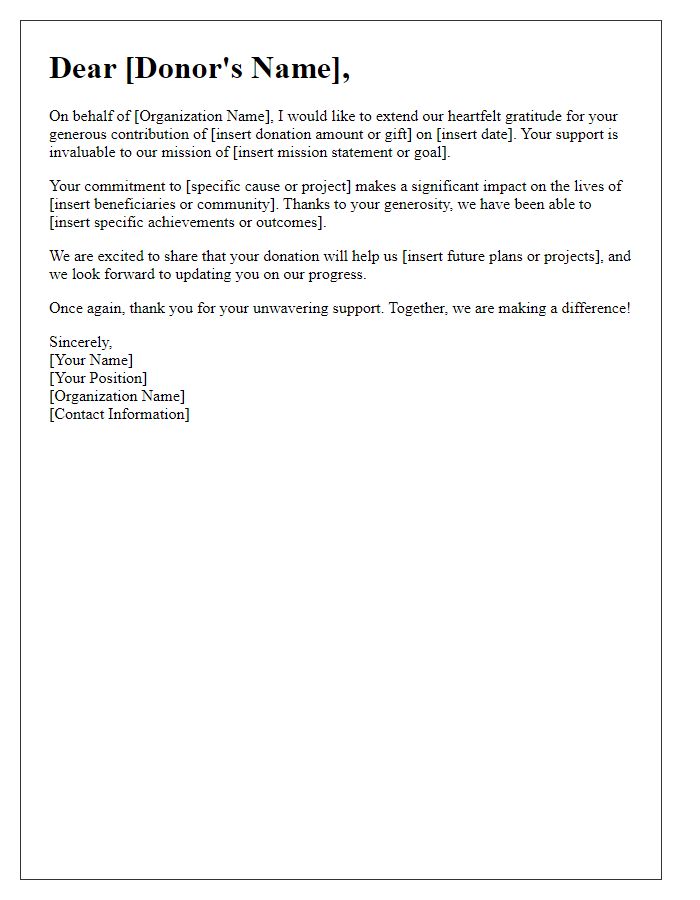
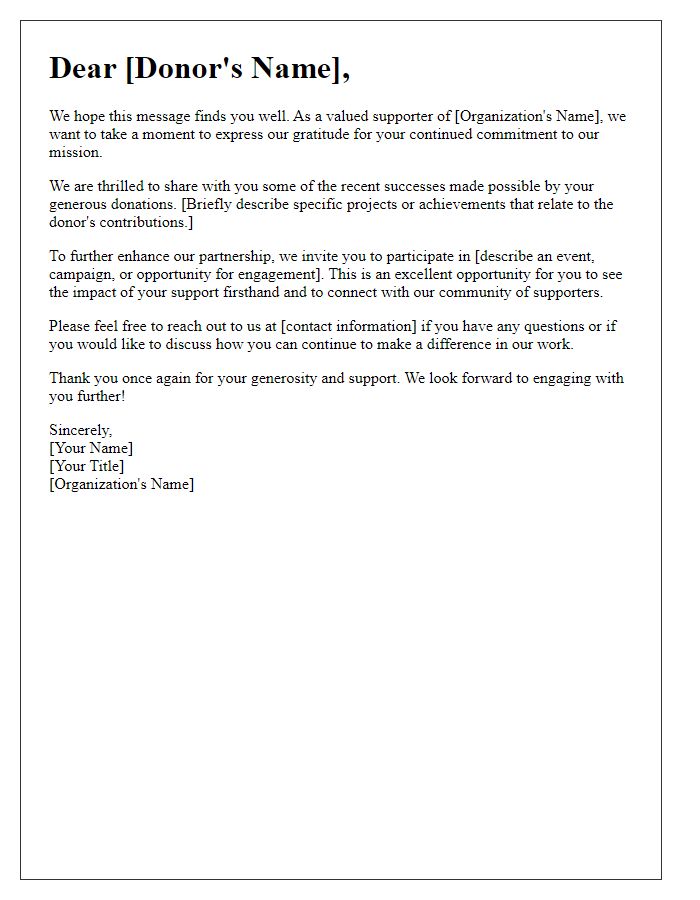

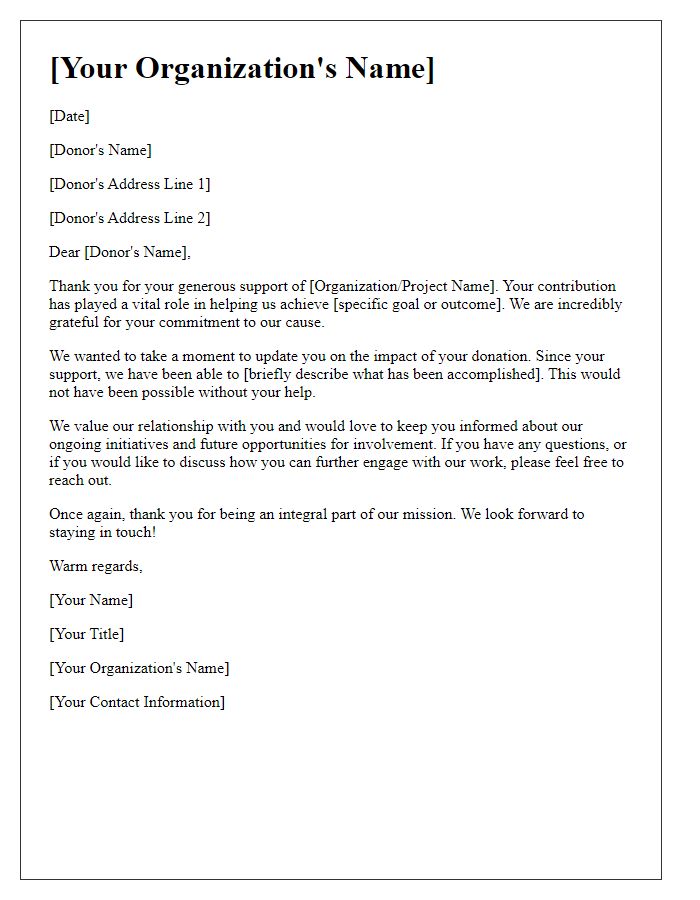
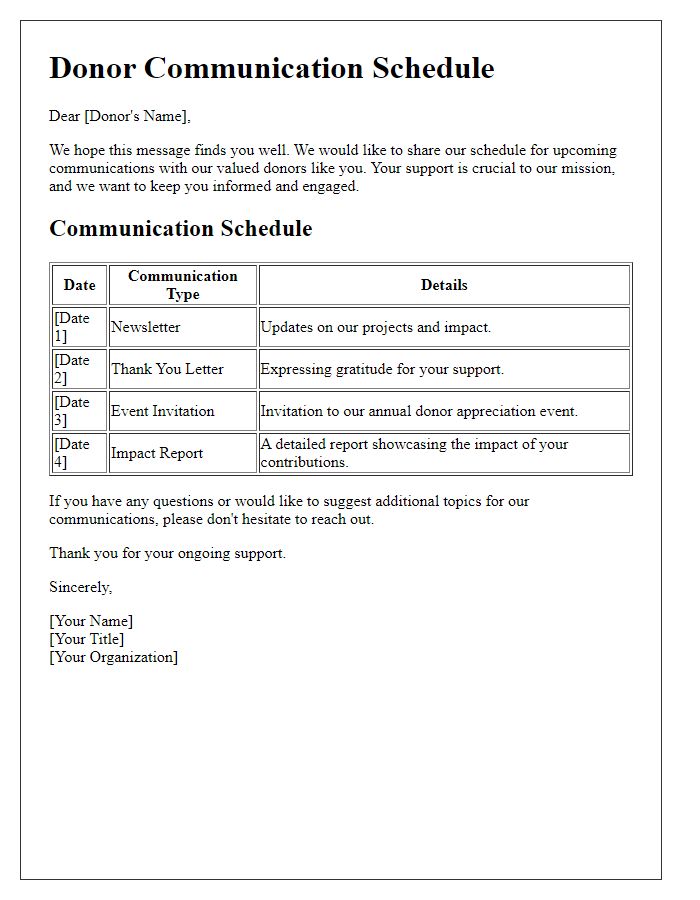
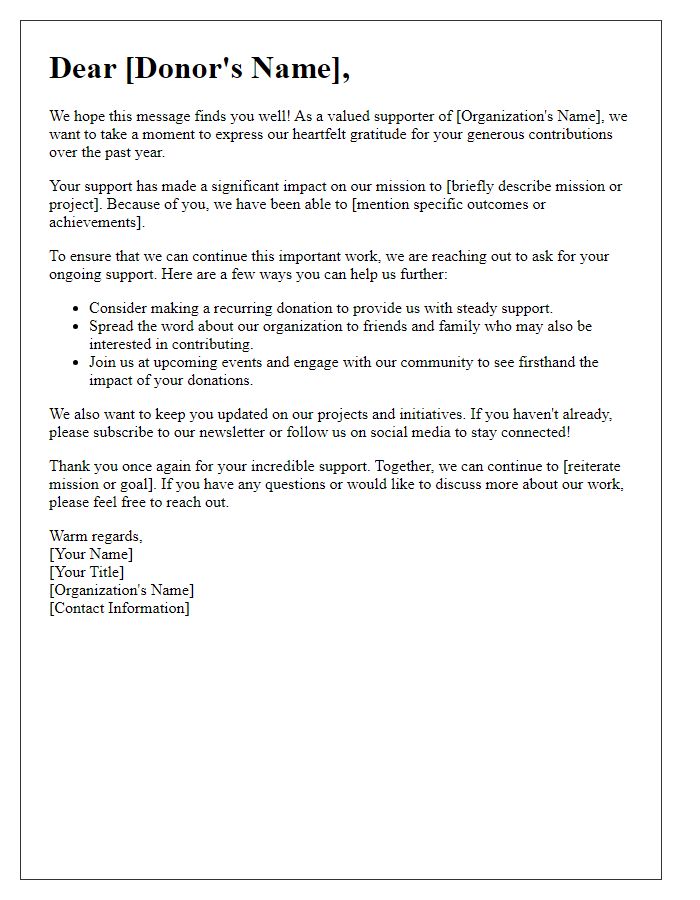
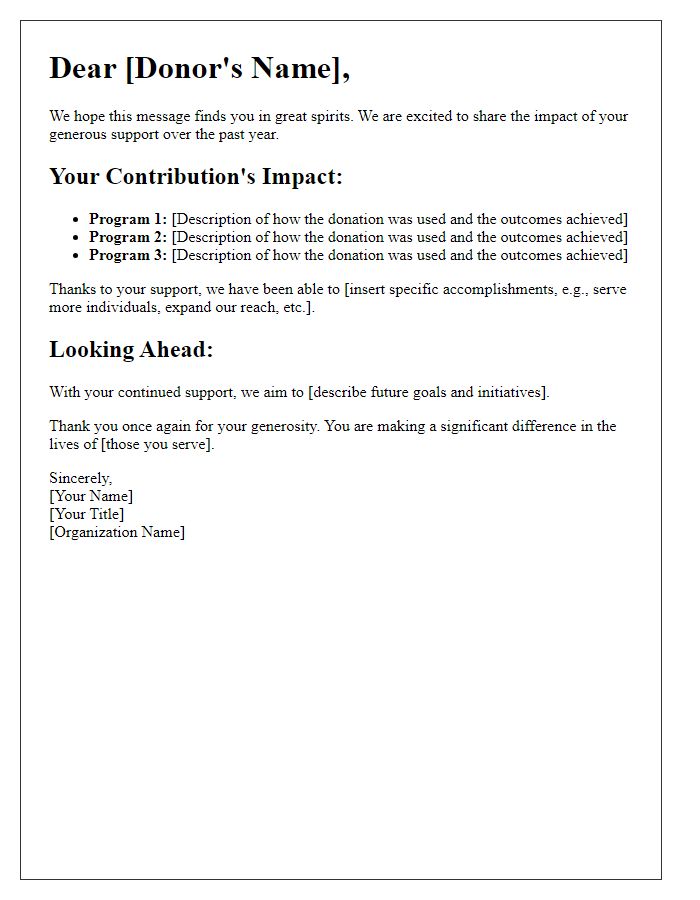
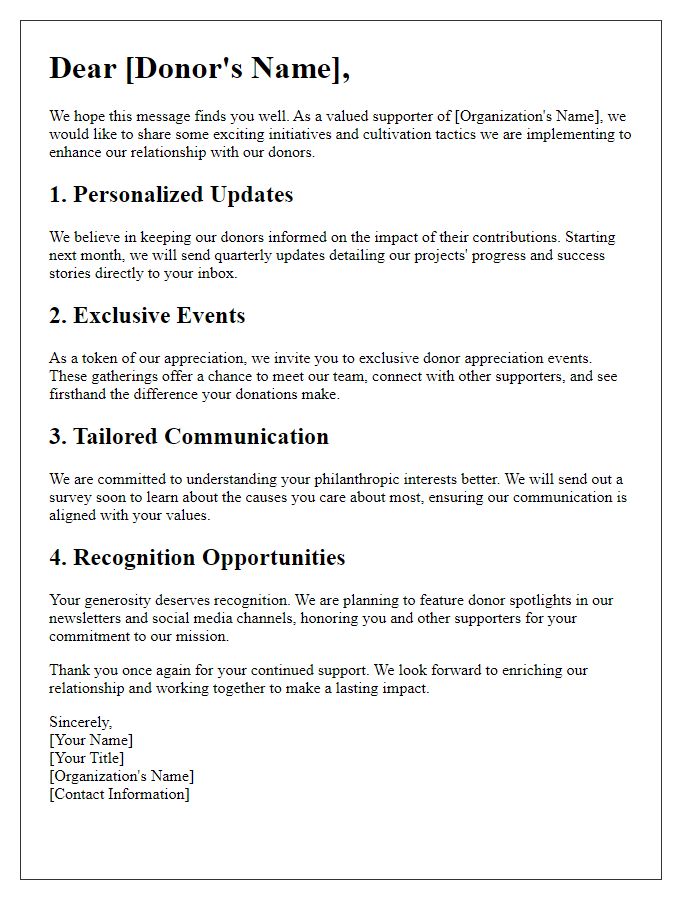
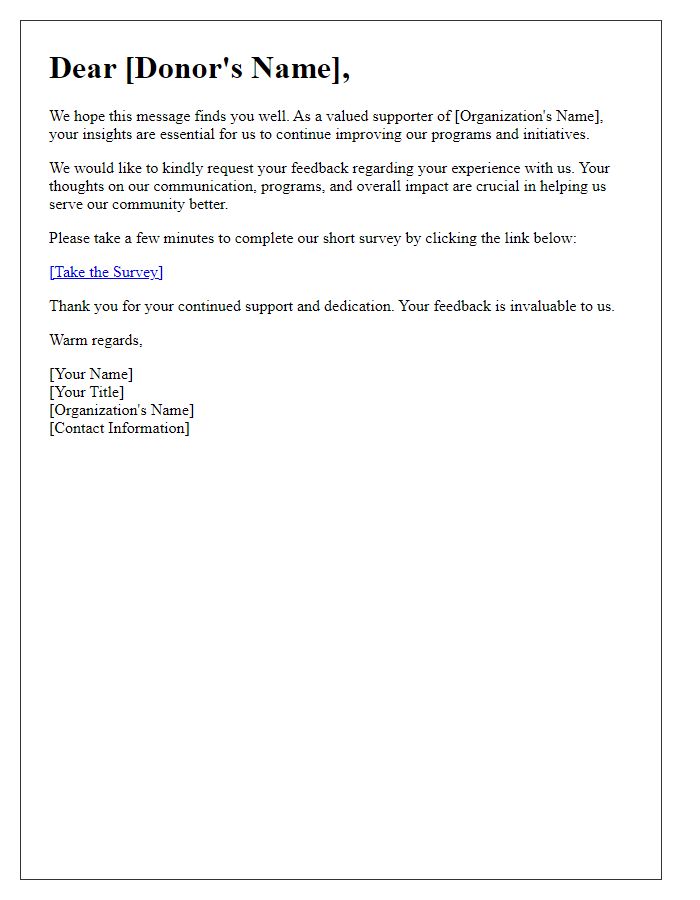
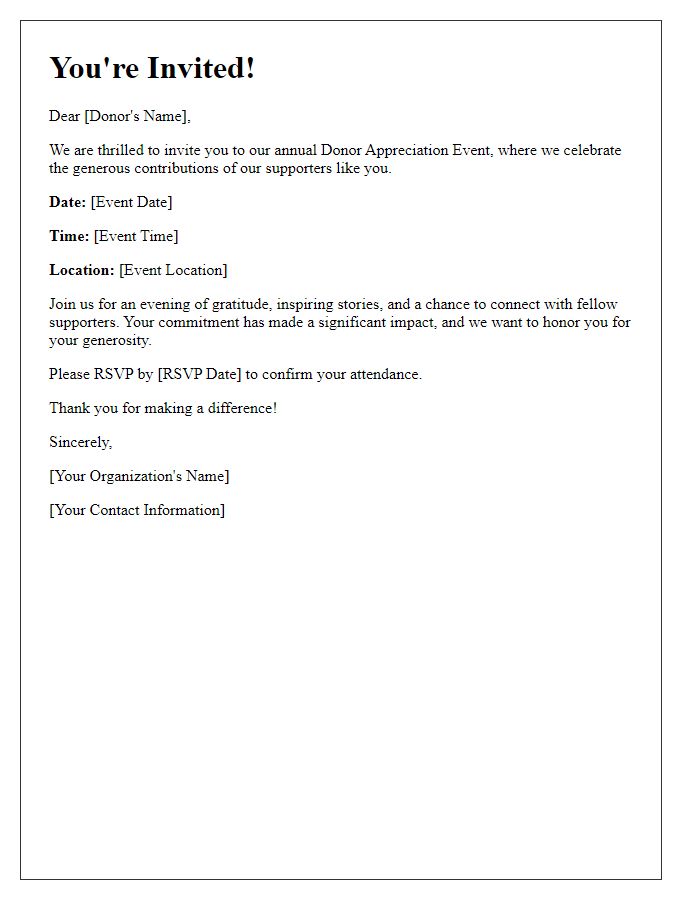

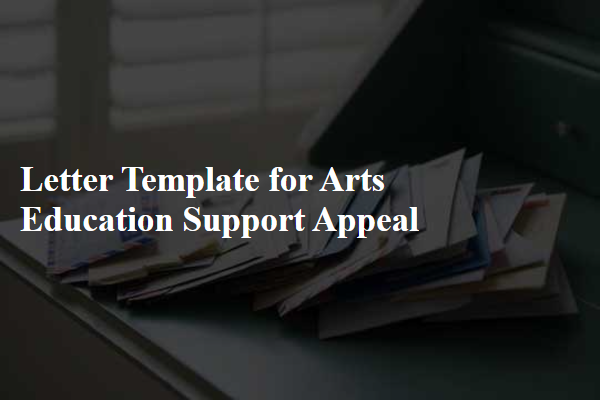
Comments